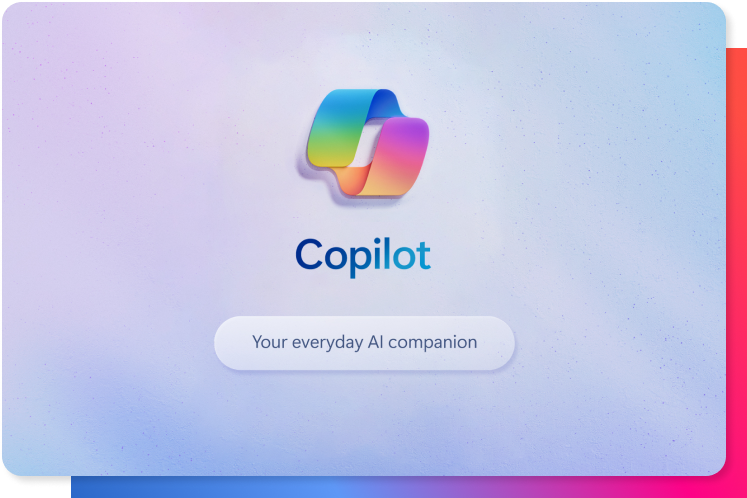Just two decades ago, the idea of an automated system controlling a city’s traffic lights, detecting a robbery in real time, or warning about infrastructure damage seemed unthinkable.
Cities are constantly evolving, and at the heart of that transformation lies technology. Smart cities integrate digital tools to improve quality of life, optimize services, and use resources more efficiently — all with the well-being of their citizens in mind.
Today more than ever, talking about smart cities means talking about the future of urbanization. Technologies such as Artificial Intelligence (AI), the Internet of Things (IoT), and Computer Vision are enabling the construction of safer, more efficient, and more sustainable urban environments. However, this path also presents new challenges — from protecting privacy to ensuring the benefits reach all sectors of society.
According to the IMD Smart City Index, in 2025, 54 major cities around the world increased their investment in smart technologies, while 75 reduced theirs compared to the previous year. This divergence reveals a growing polarization between cities embracing innovation and those slowing down their progress for various reasons.
Problems such as traffic, insecurity, pollution, poor planning, and limited civic engagement affect most large cities worldwide.
The contrast becomes even more striking when we examine specific cases: the IESE Cities in Motion Index highlights cities like Zurich (a top performer) which vastly outperform others like Rio de Janeiro across all dimensions — from mobility to digital governance.
So, the key question is: to what extent can technology drive urban development? The answer is clear: investing in technological innovation is essential to building more equitable, resilient, and future-ready cities.
Governance in the digital era
Historically, governments have struggled to keep pace with the speed and complexity of urban challenges. Transformation begins with the digitalization of governance — combining data, technology, and citizen participation to build a more agile, transparent, and citizen-centered state.
Accelerating diagnostics and planning through digital tools not only streamlines processes but also enables more informed, agile, and impactful decision-making. From interactive data visualizations to digital platforms for public services backed by electronic ID and signatures, modern governments are using technology to bring the state closer to citizens and build evidence-based public policies.
Tallinn, the capital of Estonia, is a paradigmatic case. Through its e-Estonia platform and X-Road infrastructure, citizens can vote, pay taxes, manage healthcare, or start a business 100% online. This deep digitalization has not only sped up procedures: it has enhanced transparency, reduced costs, and boosted civic engagement. Tallinn proves that digital governance is not a luxury — it’s the foundation of a smart city.
The power of Artificial Intelligence in the city
Artificial intelligence is no longer a promise of the future — it is a concrete tool for anticipating major challenges and reducing operational costs. A 2018 McKinsey report projected that cities could improve key quality-of-life indicators by 10% to 30%, with benefits such as lives saved, faster commutes, reduced healthcare burdens, and lower carbon emissions.
Computer Vision, in particular, allows cities to design real-time, evidence-based strategies: overflowing trash bins, malfunctioning traffic lights, potholes and road damage, or sewage overflows can all be detected automatically — enabling better planning of interventions.
Some standout examples:
- Copenhagen: Uses AI to manage renewable energy distribution and centralized heating, adjusting supply in real time based on weather patterns.
- Barcelona: Optimized waste collection through smart sensors, reducing fuel consumption by 40%.
- Singapore: More than 80% of its intersections are managed by AI systems that optimize traffic flow in real time, significantly reducing congestion.
These cases demonstrate that, regardless of region, artificial intelligence aligns with global goals of sustainability and public efficiency.
Exomindset and Córdoba as a future smart city
According to the 2024 IESE Cities in Motion Index (ICIM), the city of Córdoba ranks among the 12 most innovative cities in Latin America in terms of technological innovation — and at Exomindset, we are actively contributing to this progress.
In collaboration with the Government of the Province of Córdoba, we developed a proof of concept (PoC) using artificial intelligence and computer vision to address road infrastructure challenges.
Our solution automatically detects potholes in real time, measuring their depth and diameter to help optimize repair planning.
This is a concrete example of how technology turns data into more strategic and efficient government decisions for urban development.
Computer vision: Digital eyes serving public safety
Building smart cities also requires addressing urban safety challenges in innovative ways. From preventing petty crimes to managing critical emergencies, artificial intelligence and computer vision have become strategic allies.
By processing large volumes of real-time data, authorities can anticipate risk scenarios and respond with greater precision. Computer vision interprets environmental images to detect abnormal behavior, identify weapons, recognize unrest, or issue automatic alerts for large-scale events.
Applications such as smart cameras with license plate recognition, crowd analysis at major events, and early-warning systems for violent behavior are already in place in many advanced cities — helping optimize resources and strengthen incident response capabilities without increasing costs.
Ethical and privacy challenges
The technological advances powering smart cities also come with risks that must be responsibly managed.
While facial recognition cameras can enhance safety, they also raise serious privacy concerns if not properly regulated. Likewise, algorithms used in public services can perpetuate bias and discrimination if not designed with fairness and transparency in mind.
Models such as Decidim in Barcelona — an open citizen participation platform — and the public algorithm registries implemented in Amsterdam point the way toward responsible tech innovation, grounded in strong legal frameworks and democratic participation.
Artificial intelligence applied to cities should be seen as a policy in itself: strategically designed, properly regulated, and built with a long-term vision.
Conclusion: Where are we headed?
Smart cities are no longer a utopia — they are a reality in constant development. But to evolve sustainably and equitably, they must be designed strategically, integrating technology, citizens’ rights, and social purpose.
Computer Vision is one of the key pieces in this new urban puzzle, and the governments that adopt it responsibly will be better equipped to face the challenges of the coming decades.
The future doesn’t just happen — it’s designed. And at Exomindset, we are convinced that being part of the transformation of Córdoba — and other cities around the world — is not only possible, but inevitable. Because where there is data, vision, and purpose, there is a smart city in the making.







 Español
Español